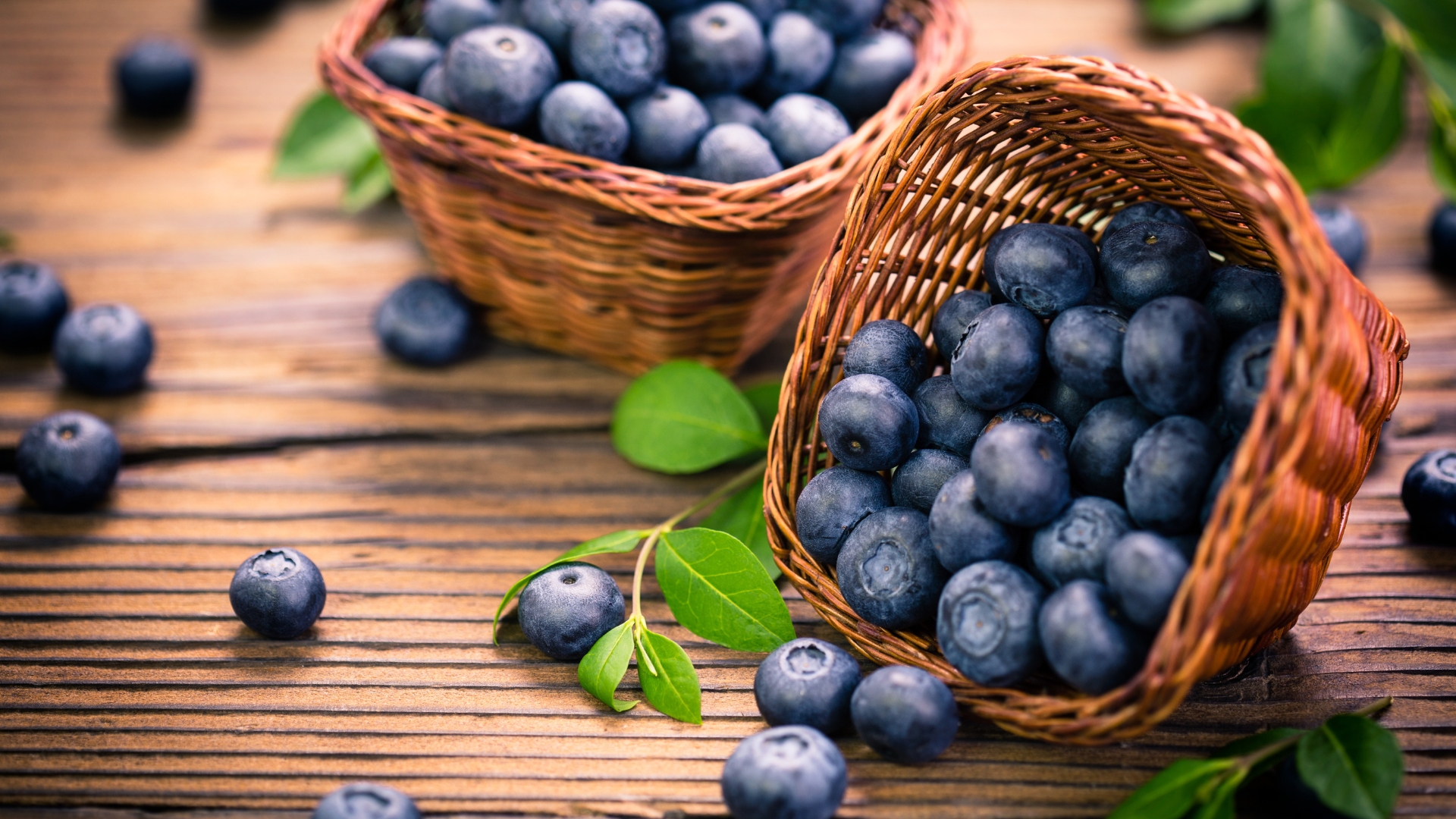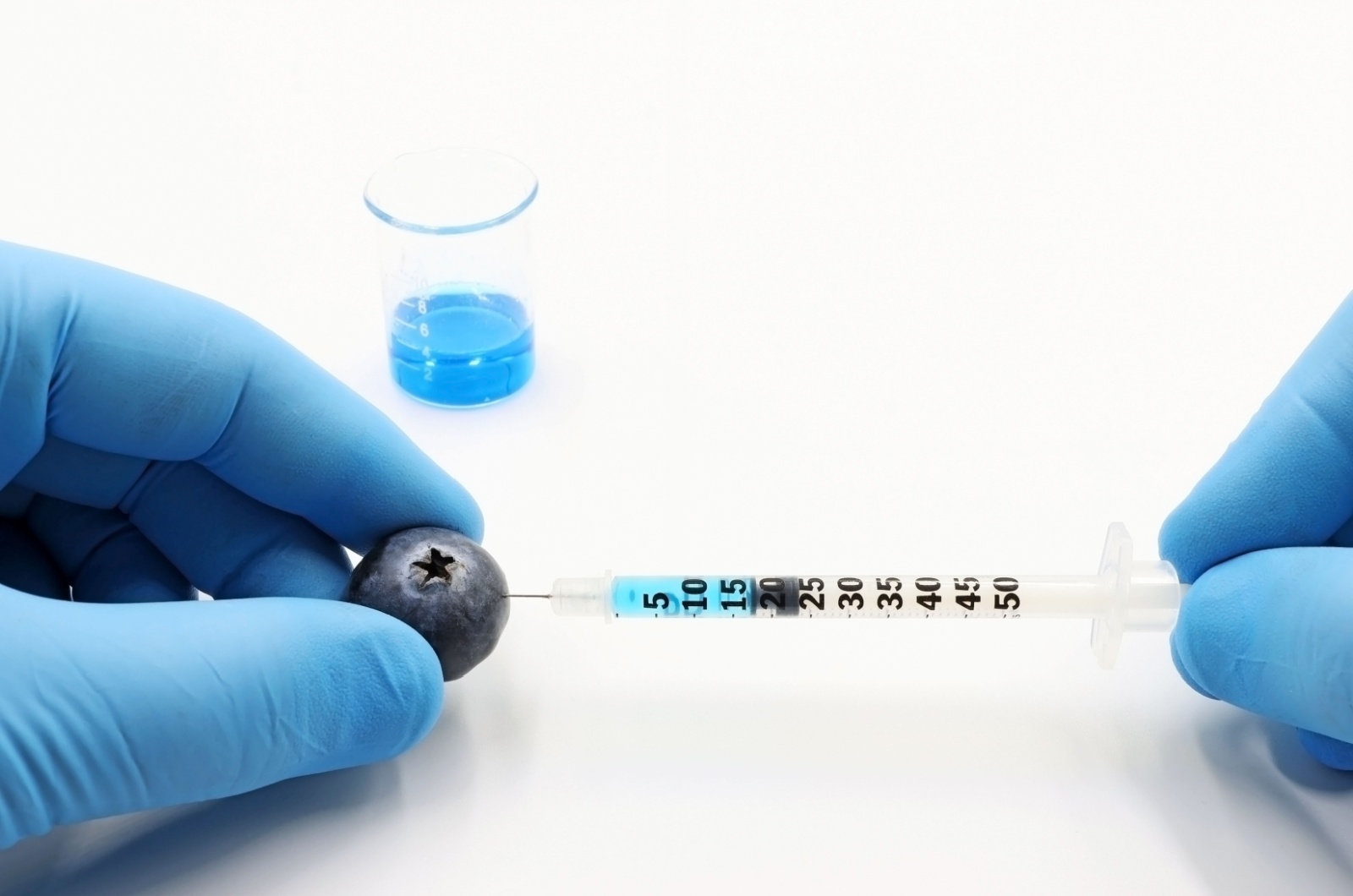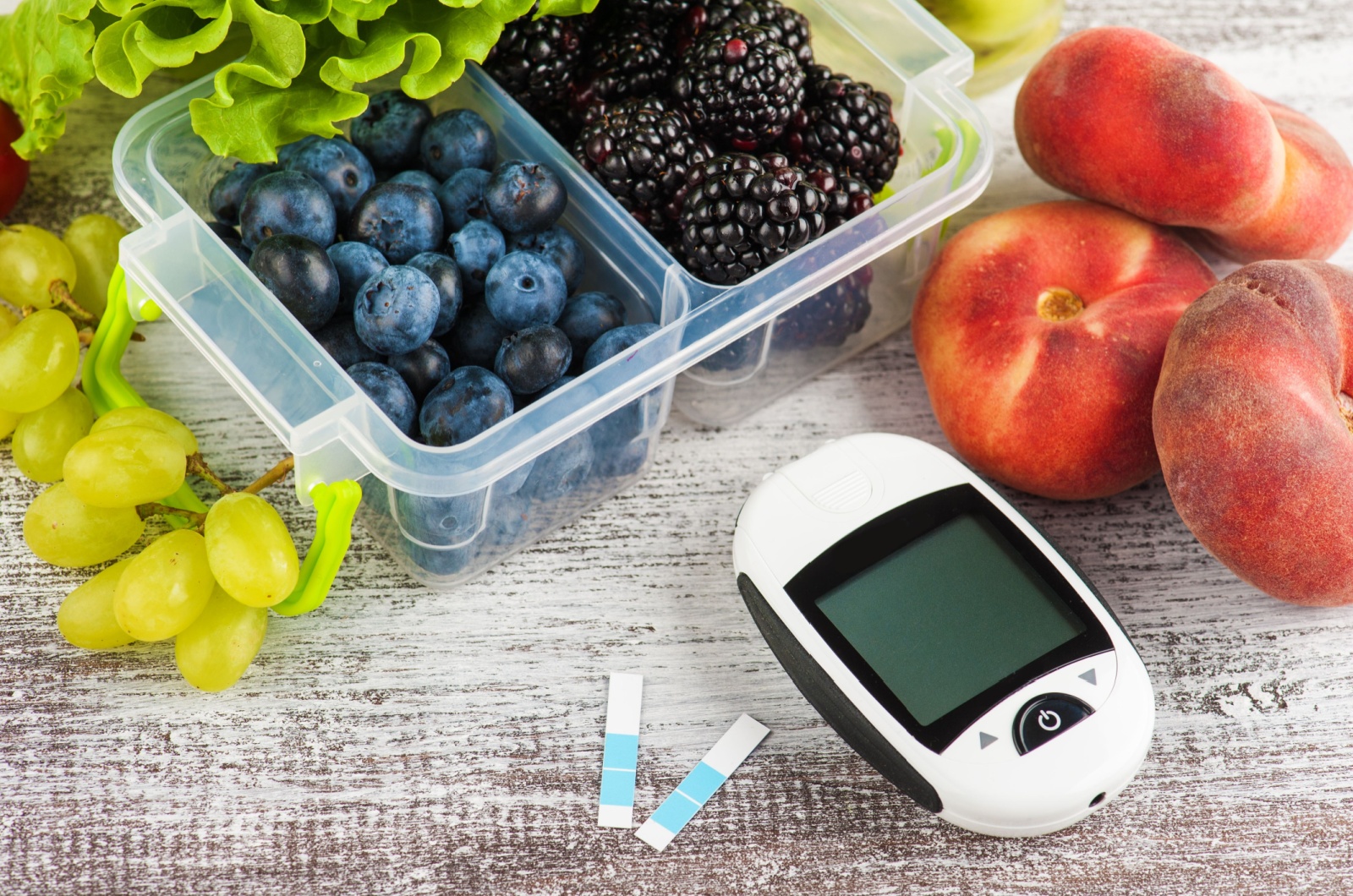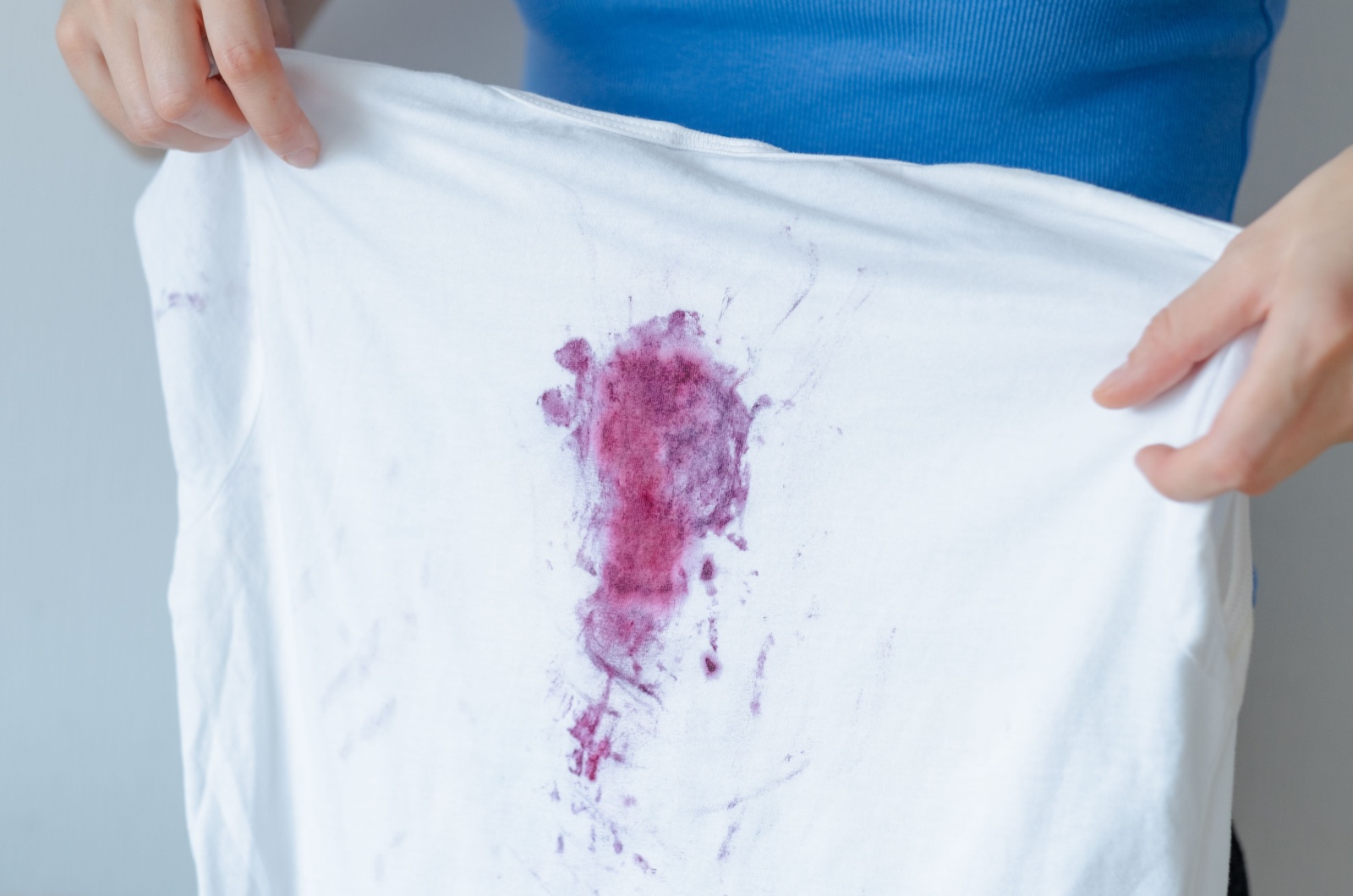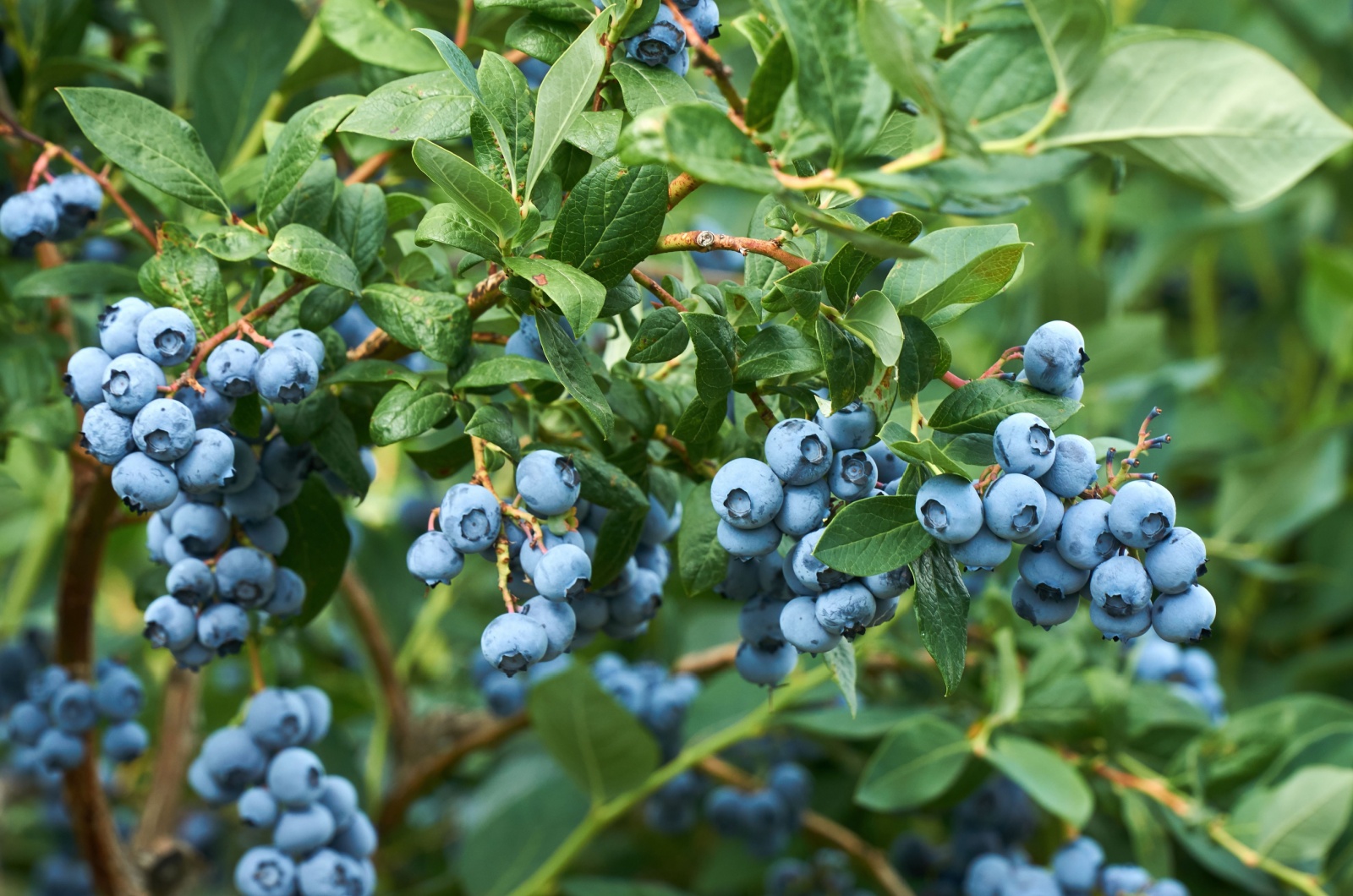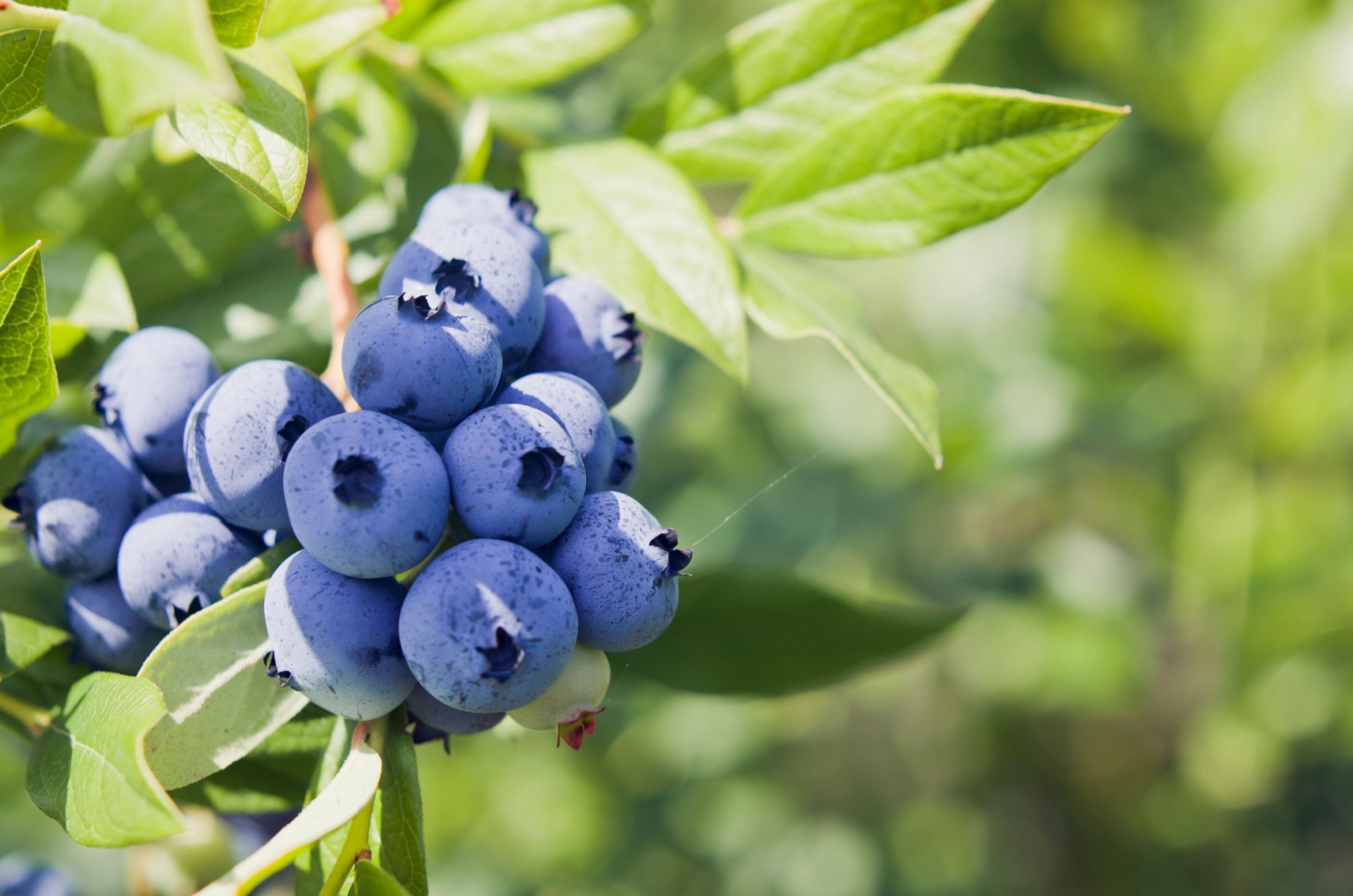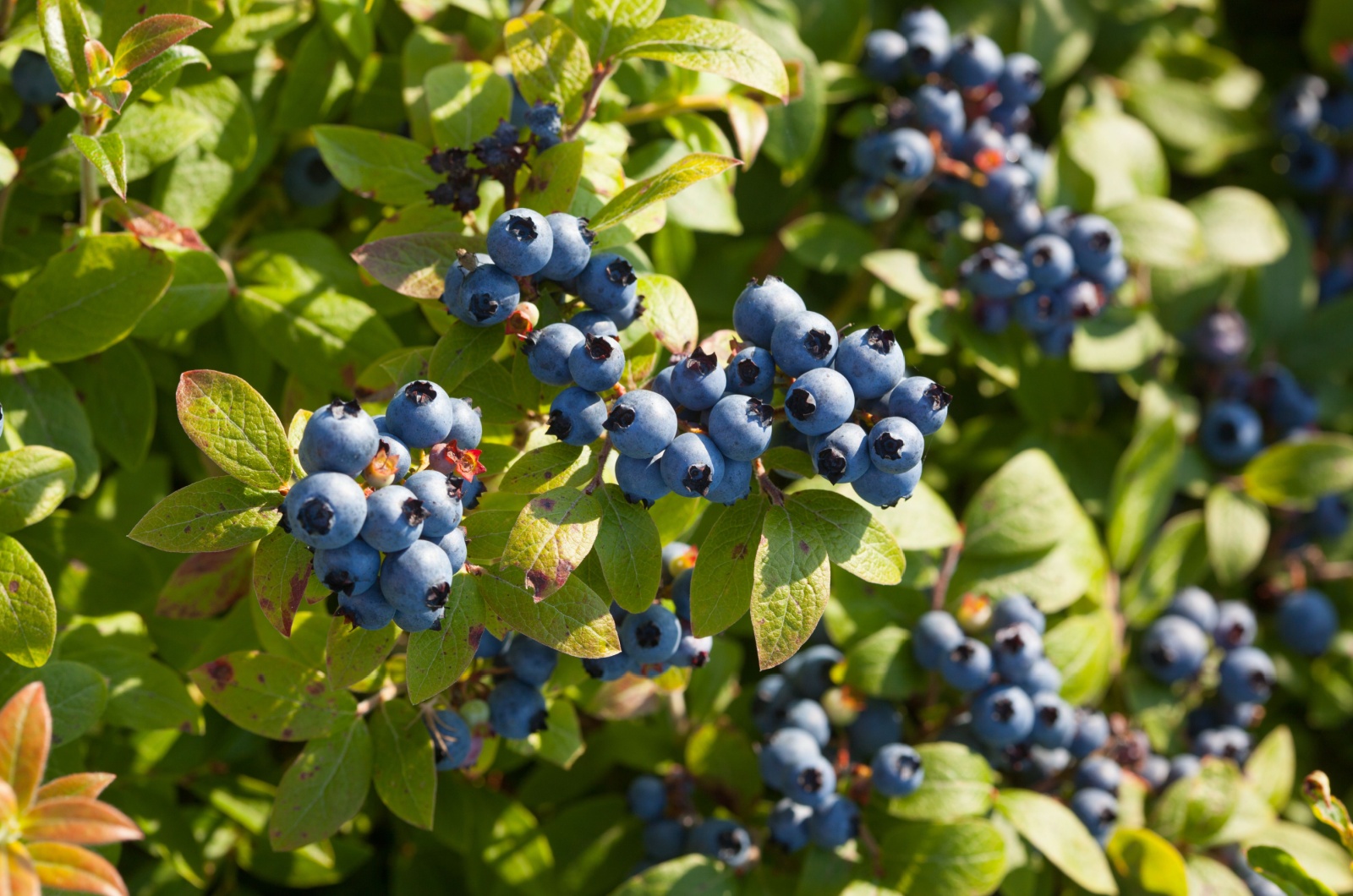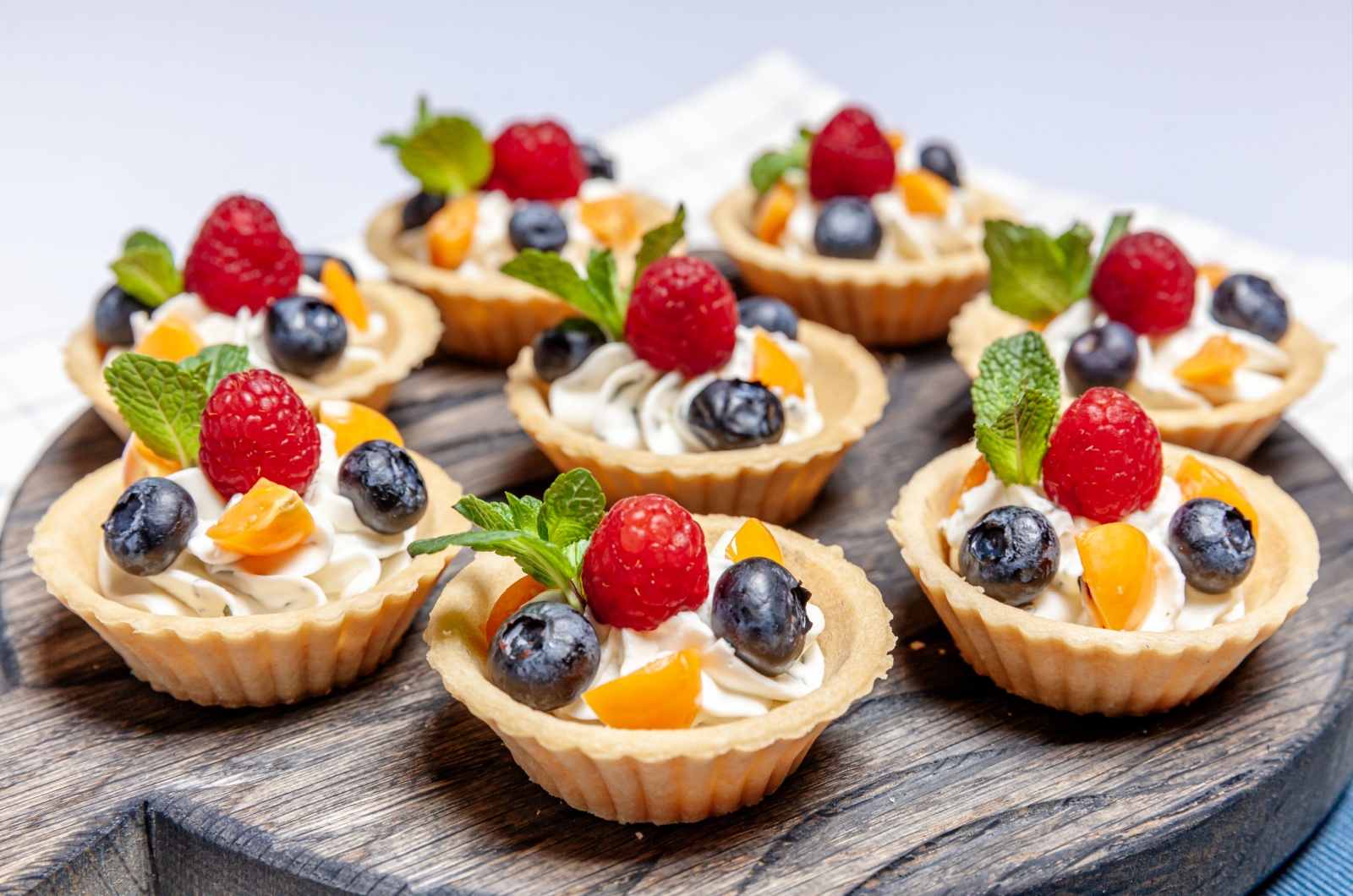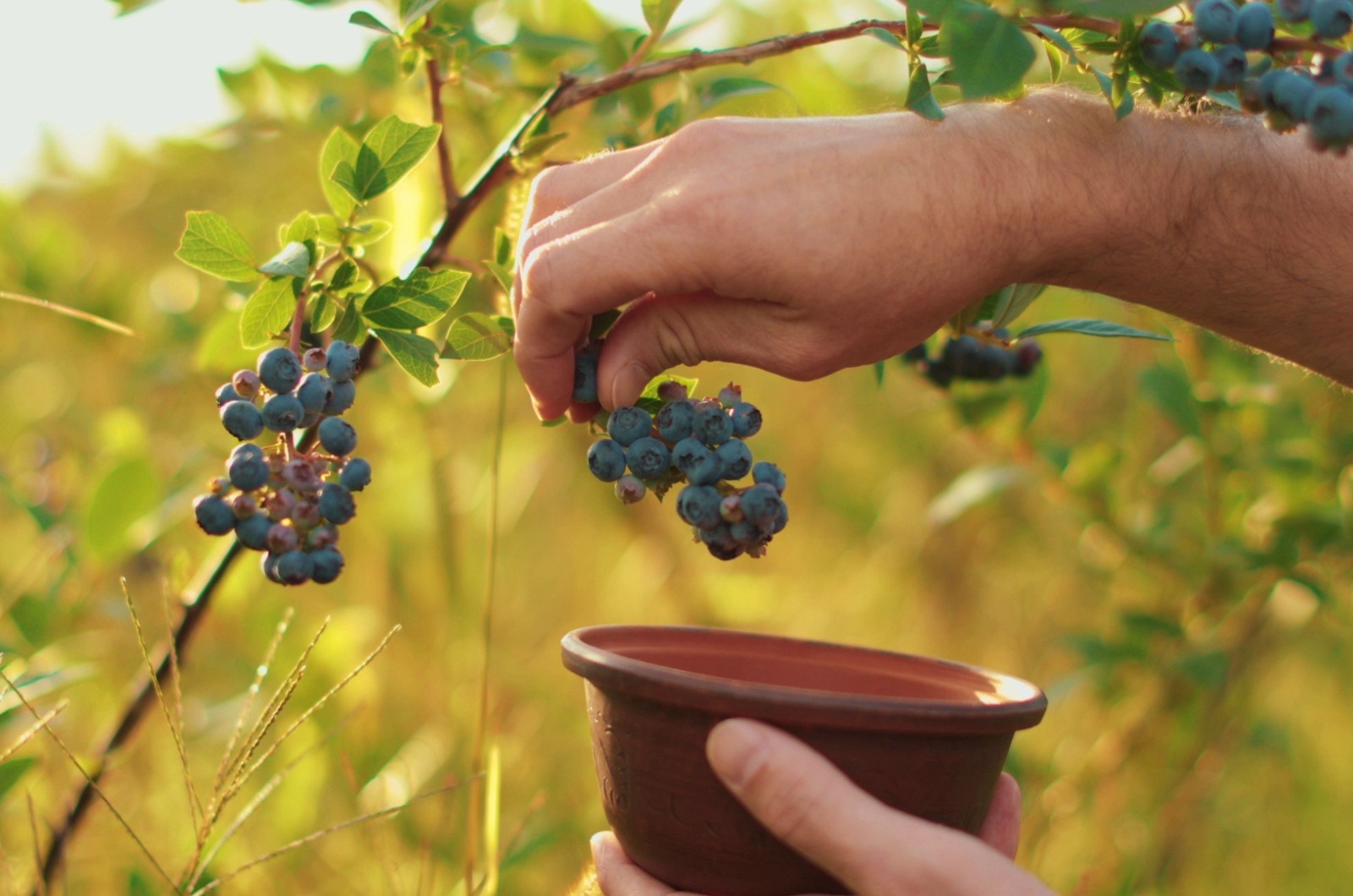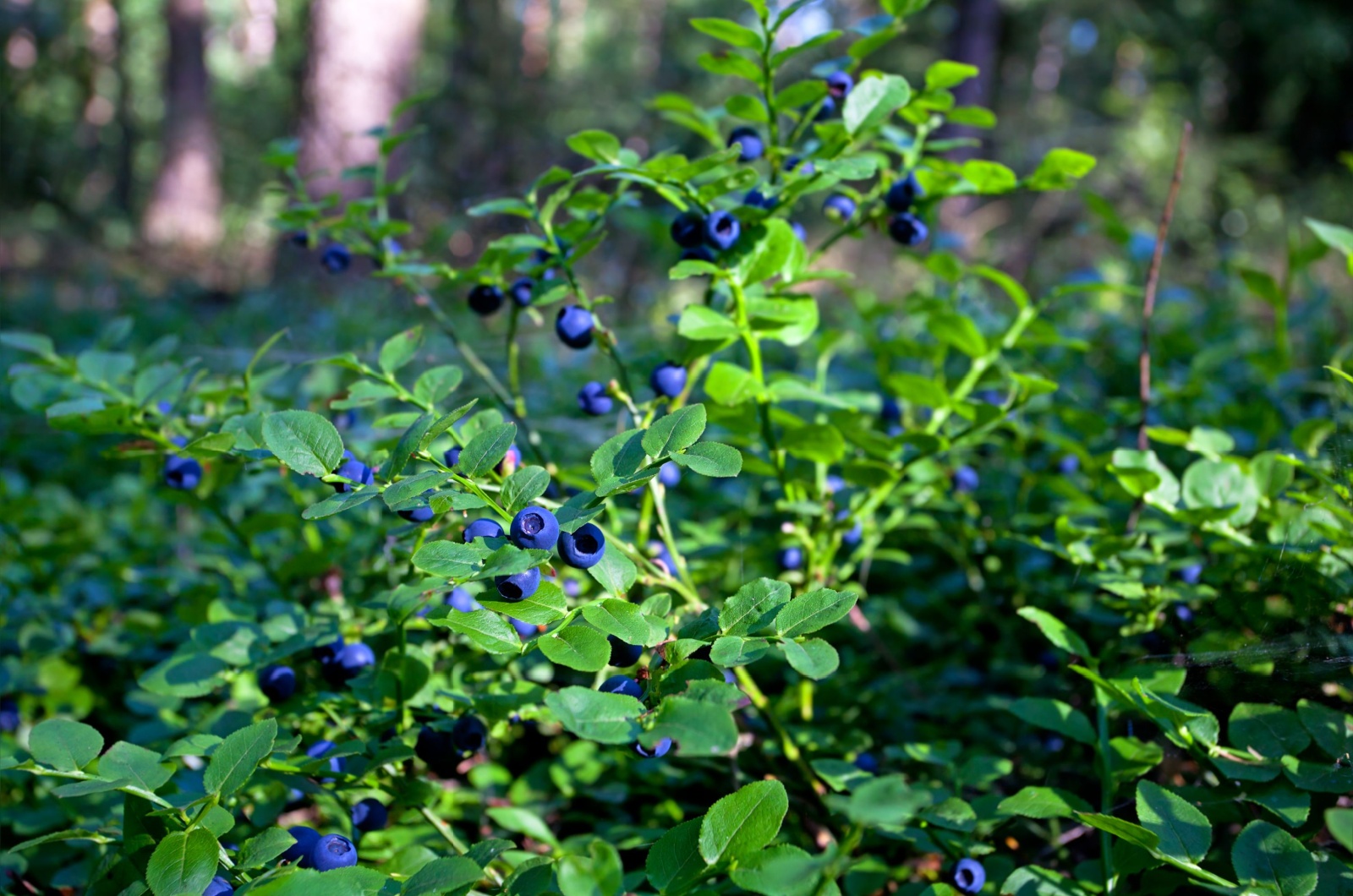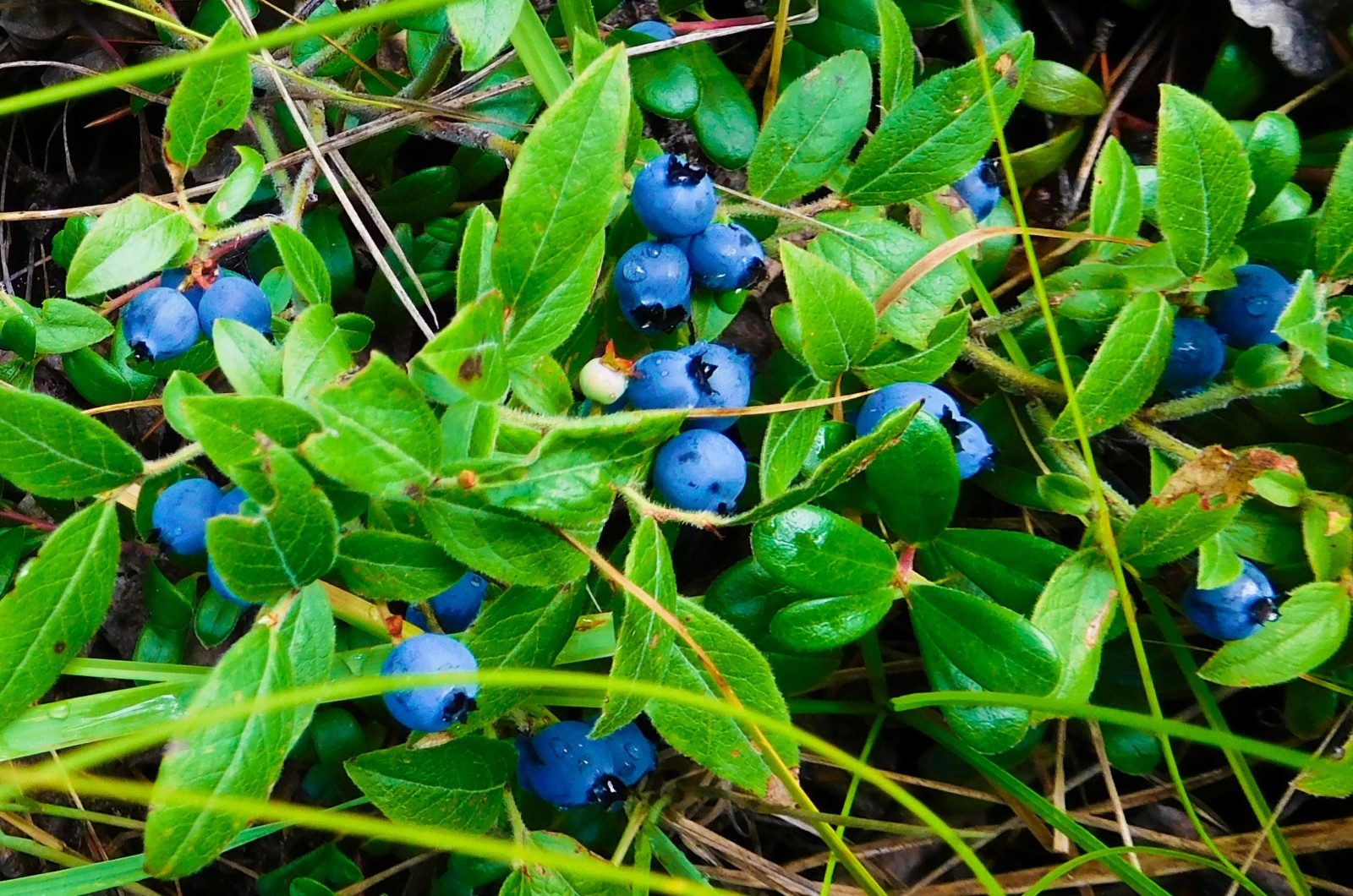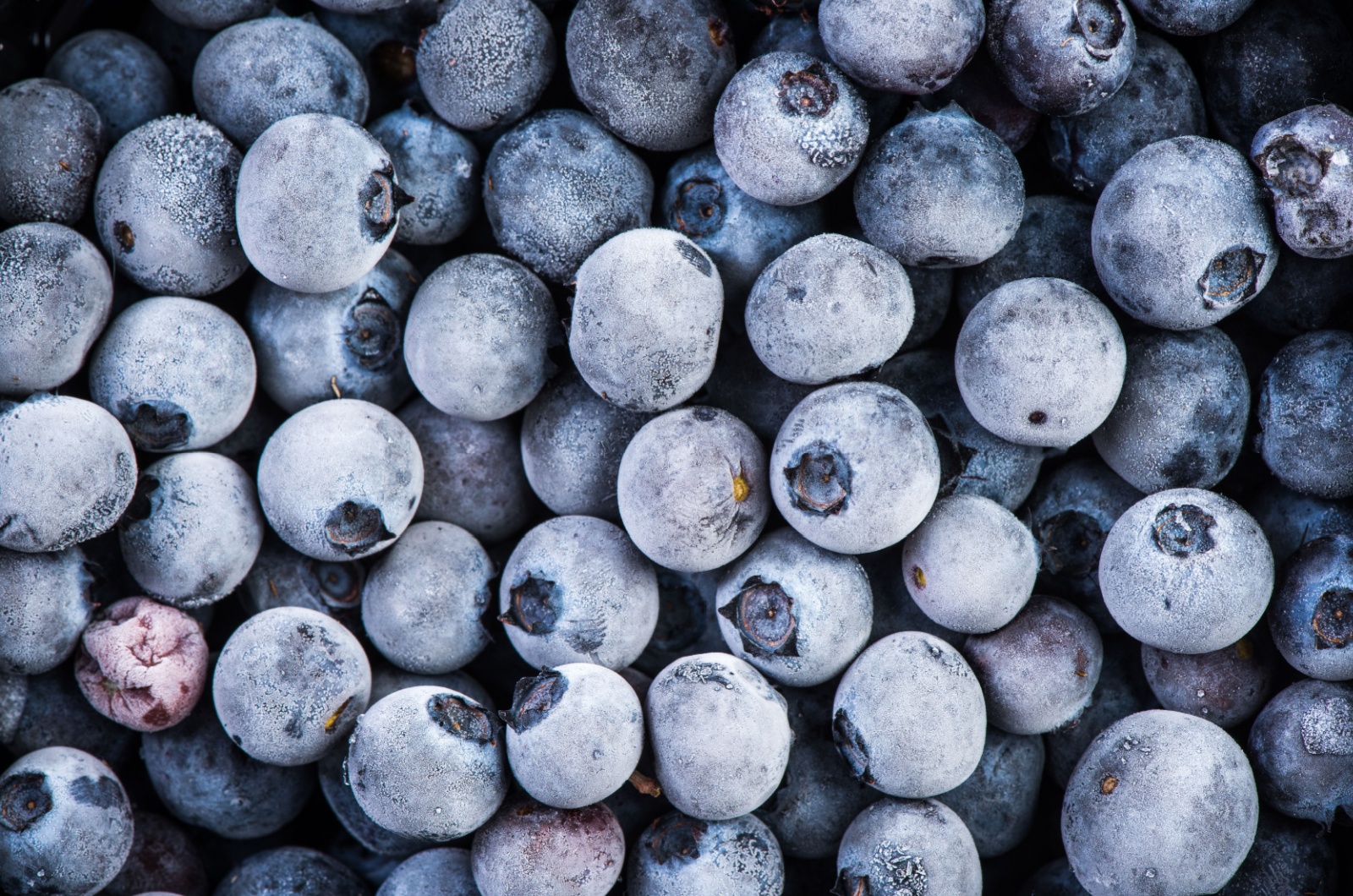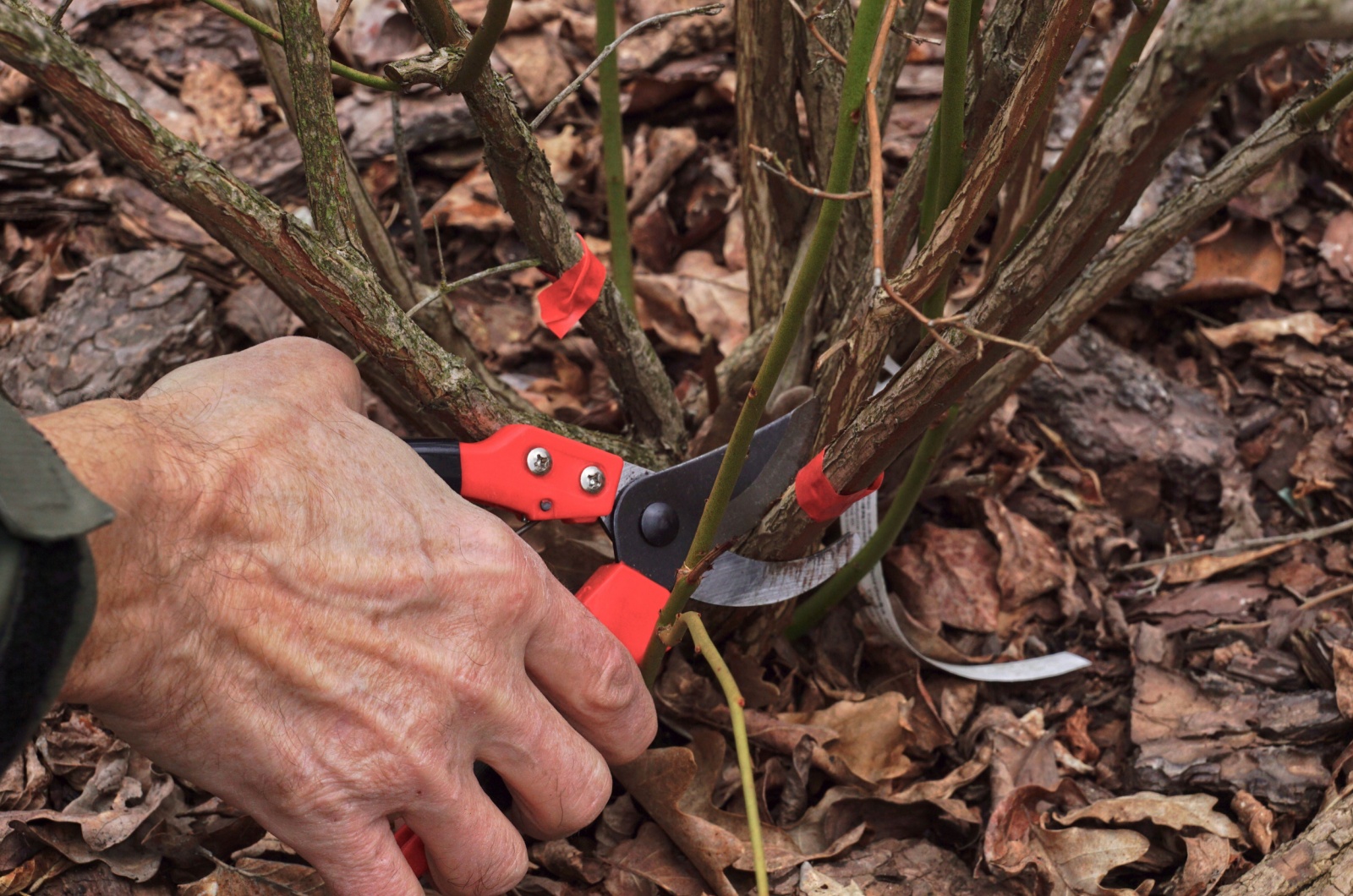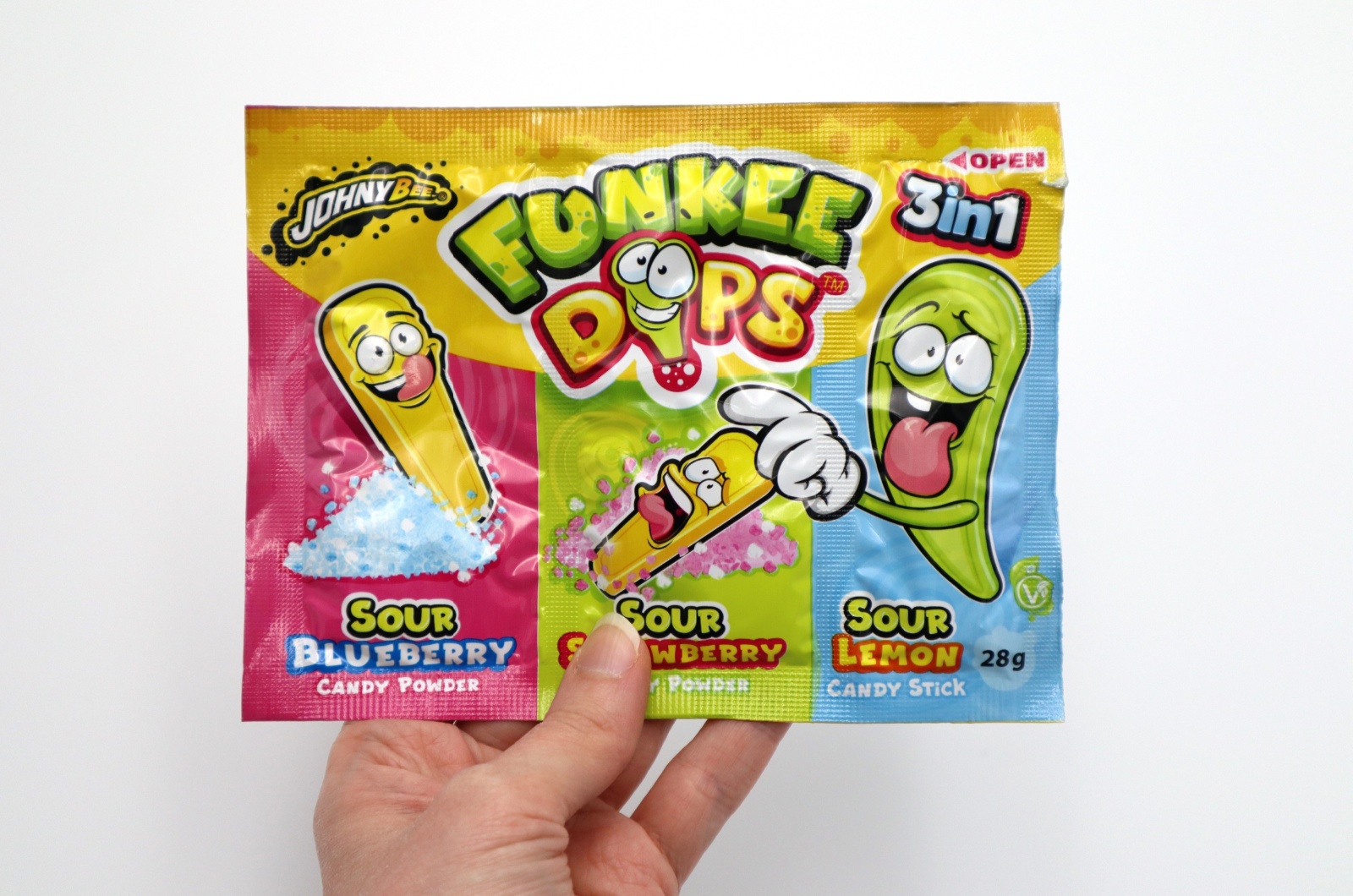I read online that you can cultivate only one type of blueberries, even though I’ve successfully grown multiple blueberries. So I thought “hmmm, this can’t be right”.
I’ve been helping my family for ages, and we’ve successfully grown a bunch of blueberries, which is why I know quite a bit about them. That got me thinking: are all those online blueberry facts really true?
I did some digging to find out. And let me tell you, my gardening clothes have seen their fair share of blueberry stains, but they’ve always come out looking fresh!
I also read somewhere that blueberries aren’t blue, can you believe that? I mean, they are quite literally called BLUEberries!
Believe me, the list doesn’t stop here. I didn’t just stumble upon one or two false blueberry facts – I uncovered a whopping 13 of them! And I’m more than happy to spill the beans and share them all with you.
Let’s fact-check together so you can enjoy the best blueberries possible.
FALSE: Blueberries Can Prevent Cardiovascular Diseases
We all know that blueberries are filled with antioxidants that are super beneficial to our health. But do they cure cardiovascular diseases? No.
This false fact appeared when a scientific article called “Blueberry and cardiovascular disease risk factors: A systematic review and meta-analysis of randomized controlled trials” was published.
The article showed that there’s not enough evidence to say for sure that blueberries can greatly lower the risk of heart disease.
Even though blueberries are packed with nutrients and healthy compounds, their exact effect on heart health isn’t fully understood yet.
But you should for sure add them to your diet because not only can they lower cholesterol levels, but blueberries can also lower blood pressure and improve your digestion [1].
Besides these health benefits, blueberries are super juicy and delicious, so adding them to your smoothies or oatmeal bowls is a win-win!
Related: How To Grow Hydroponic Blueberries (Top Tips)
FALSE: Blueberries Can Raise Your Blood Sugar Levels
Don’t fret! Although they might be sweet as a candy, blueberries don’t cause a spike in blood sugar levels.
Blueberries contain something called polyphenols; and these compounds can trigger insulin release [2]. Since insulin plays a crucial role in regular blood sugar levels, polyphenols might play a role in this process.
However, they don’t lead to blood sugar issues. In fact, they might even regulate it!
All of those folks with a sweet tooth looking for something to snack on can go for blueberries, and they won’t mess with your blood sugar (I always eat blueberries as a sweet snack when I’m on a diet!).
So, it’s not just about avoiding sugar but also about choosing the right sugary foods.
FALSE: You Can’t Remove Blueberry Stains
Do you know how many times I have had blueberry stains all over my shirt? Countless times.
Do you know how many blueberry stained shirts I have? Zero.
Sure, blueberries stain easily with their distinctive blue/purple color, but you can always find a way to remove those stains!
I bet you already have two household items that can remove stubborn stains: vinegar and lemon juice.
Their acidic nature can help effectively remove blueberry stains – I applied them as a pre-treatment for stains before washing my clothes, and the results were amazing!
If you’ve stained your washable fabrics, pouring some boiling water on the garment might help remove the stain (this especially works if the juice is still wet).
However, if this didn’t work for you, you can always look for enzyme-based stain removers at your local store. These types of products are specifically designed to break down these types of stains.
All the instructions you need will be displayed on the packaging of the product, so make sure to carefully read them!
In case you can’t find enzyme-based stain removers, you’ll definitely find oxygenated bleach – this is an alternative to chlorine bleach, which can be mixed with water and used to get rid of all your blueberry stains!
Make sure the fabric can handle bleach before using it. For carpets or upholstery, you can try commercial carpet cleaners. Test them first on a small, hidden spot before applying them in large amounts.
I personally didn’t use them because my vinegar and lemon juice solution worked just fine, but my friends mention these work like a charm.
Please remember, acting fast and using the right products is crucial for removing blueberry stains successfully.
FALSE: Blueberries Ripen More After Harvesting
Picked blueberries will ripen more after harvesting? False.
Some other fruits might ripen in your fruit baskets, but not blueberries. Once they’re picked away from the plant, they won’t get any riper.
So, be sure to harvest ripe blueberries because they won’t get more delicious and juicy!
But, how can you tell when blueberries are ripe?
Well, there are few telltale signs that can help you distinguish between unripe and ripe berries:
• Ripe berries have a uniform blue or purple color on their surfaces
• Ripe berries are slightly larger in size
• Unripe berries have green or red undertones
When buying blueberries from stores, look for containers with berries that are similar in size and color. This indicates that they are ripening at the same time and should all taste equally delicious!
If you happen to get under-ripe blueberries, there’s no need to worry. Fully green berries are sour, so I wouldn’t recommend eating them raw (unless you like sour berries).
But instead of throwing them away, you can use them to make verjus, a type of vinegar that can be used as a vinegar substitute.
If you end up with nearly ripe blueberries, they won’t be very sweet but not overly sour either – use them in baking recipes, just remember to add extra sugar to balance their flavor!
Here are some delicious blueberry recipes.
FALSE: You Can Only Cultivate One Type Of Blueberries
Here is yet another foolish fact: you can only grow one blueberry type. Ummm, on what planet?
As I recall, you can have many unique cultivars coexisting in peace and harmony. You might think this is true because different tomato or apple cultivars shouldn’t be grown together, but that’s not the case with these perfect berries.
If you are considering growing blueberries, you should explore different varieties and choose the one that suits your preferences and growing conditions.
Looking for large and sweet berries? Opt for Aurora blueberries.
Exceptional flavor and versatility is your thing? Get Blue gold blueberries.
Or perhaps you want a hardy blueberry shrub? Then the Last word cultivar is the choice for you.
When choosing a blueberry variety, you have to take into consideration several factors: first, assess your local climate – some cultivars grow better in a specific temperature range.
Then, decide what you are going to do with your blueberries because some berry varieties are better eaten fresh, while others are good for baking or processing.
Don’t forget to consider the type of soil blueberries require – they like acidic soil, so you better test the pH levels before planting any berries.
The last thing you need to consider is cross-pollination because some blueberry species need their counterparts for pollination and berry production.
This might be useful: When To Plant Blueberries For The Best Yield
FALSE: You Can Get Wild Blueberries Only If You Go To Maine
This one cracked me up! It’s like Maine is the magic wonderland of berries!
Although it is true that Maine produces about 95% of the wild blueberry supply, that doesn’t mean you have to travel there to get some delicious berries!
It is also true that wild blueberries typically have just one harvest per year, making them highly perishable. If you want some fresh wild blueberries, farmer’s markets and small stores in Maine and the surrounding areas are your best bet from late July to early September.
But don’t fret if you can’t go to Maine because most berries are primarily frozen and then transported all over the country.
This means you can buy them whenever you want and wherever you want.
You don’t have to wait for their peak harvesting season nor do you have to go to Maine.
Frozen berries from your local store will be just as good (and they probably came from Maine to you anyway!).
FALSE: Blueberries Can Only Be Used In Sweet Recipes
Blueberry cake, blueberry muffins, blueberry pie… we are all used to sweet blueberry recipes. But with their unique flavor and texture, these berries can also be used in a variety of savory recipes!
You would be surprised by how many ingredients blueberries pair well with, creating that perfect blend of sweetness and tartness. Can you guess which ingredients I am talking about?
I bet you weren’t thinking about BBQ sauce, but it’s true! Blueberry BBQ sauce introduces the natural sweetness of blueberries combined with the smoky and tangy elements of the sauce.
If you are more into fancy flavors, have some flatbreads with creamy goat cheese and blueberries on top. The tangy cheese mixes really well with the sweet blueberries (cheese and blueberries, who would have thought?).
You can also try roasting blueberries and beets to make a bruschetta – roasted blueberries have stronger flavors, making them a perfect pair for roasted beets. But if you don’t like beets, then it’s best not to mix these two.
I started eating healthier, so instead of baking cakes, I decided to add blueberries to my salads – I usually mix feta cheese, mixed greens, some walnuts, and a few blueberries as a sweet treat.
FALSE: You Can’t Forage Wild Blueberries
If you think that you can only get wild blueberries from the store (or from Maine), prepare to be pleasantly surprised!
Wild blueberries grow, you guessed it, in the wild. So what’s stopping you from going for a hike and picking some blueberries along the way?
Go outside and connect with nature, whilst picking blueberries!
However, blueberries won’t grow just anywhere, which is why you have to prepare for your foraging for wild blueberries trip.
First of all, you have to choose the right location – forests, meadows, and even some coastal areas are places where wild blueberries usually thrive. Ask around and I’m sure some fellow gardener will help you find wild blueberries in your area.
Secondly, think of the timing: these berries usually ripen in the summer months, so plan your trip during July and August.
Finally, you have to be able to identify a blueberry bush (picking unknown berries in the forest is a big no-no!).
Remember that they are low-growing bushes that usually grow from 6 to 12 inches tall, with small oval-shaped leaves and small blueberries (please note that wild blueberries are usually smaller in size when compared to the regular, store-bought ones).
If you like this idea, then this video might help you have a successful foraging trip: Foraging Wild Blueberries
FALSE: Wild And Cultivated Blueberries Are The Same
If you believe that regular blueberries found at your local grocery store and those that grow in the wild are the same, then you’re mistaken.
As the name suggests, wild blueberries are not domesticated and they grow naturally. They are also known as Vaccinium angustifolium or lowbush blueberries because they are significantly smaller than cultivated ones.
When I say they grow naturally, it means that they are not intentionally planted but rather grow by themselves in forests and fields (think of them as independent berries who do everything on their own!).
They slightly differ in flavor and texture – wild blueberries are sweet with a subtle taste of tartness.
What my family grows are highbush or cultivated blueberries. These berries, otherwise known as Vaccinium corymbosum, are developed through selective breeding and other agricultural practices.
Most farmers work hard to make these cultivated blueberries bigger and more adaptable to different growing conditions. Unlike wild blueberry bushes, which stay pretty small, cultivated ones can grow up to 6 to 8 feet tall!
From my experience, there’s not much fuss about blueberries, as long as you provide them with the best growing conditions from the start.
This might be helpful: From Tiny Berries to Bucketfuls: Fertilizing Blueberry Bushes Made Easy
FALSE: Blueberries Aren’t Blue
People would rather believe the internet than their own eyes?
I mean, I get that in some light settings blueberries might appear darker, but they are definitely blue. In fact, blue rarely appears in nature, which is why these specific berries were named BLUEberries.
They might appear red or purple when cooked, and it is because of compounds called anthocyanins, which are the primary pigments found in blueberries [3].
However, blueberries appear blue because they are coated with a waxy layer that absorbs all other colors in the spectrum, but scatters blue. And we see them as blue because it’s the only color reflected into our eyes.
Also read: Black Strawberries: Truth or Myth?
FALSE: Fresh Blueberries Are Better Than Frozen Blueberries
I prefer frozen blueberries instead of fresh ones, but do I believe that they’re somewhat better? No, because, at the end of the day, they are both blueberries and I just like them frozen.
In fact, frozen blueberries have higher concentration of anthocyanins, which can boost antioxidant activity and potentially offer better health benefits!
Whether you choose fresh or frozen blueberries, both options provide valuable nutrients for your diet.
Simply pick the ones you like better, although it’s always a good idea to have a supply of frozen berries to hand when making pancakes or smoothies!
FALSE: Pruning Blueberries Will Reduce Berry Production
Cutting blueberry bushes might seem like it would hurt your harvest, but when done properly it’s actually essential for a healthy and fruitful plant!
The majority of plants need to be pruned, and this also includes delicious berries.
By trimming back branches, you create space for better airflow. This helps prevent diseases like fungal infections and creates a healthier environment for your blueberry bush to thrive.
If you prune your shrub the right way, you will also allow sunlight to reach lower branches that have been in the dark for too long (trust me, they’ll appreciate it).
Additionally, you’ll see a bunch of new growth and vigorous branches after pruning. They are more likely to bear fruits, which ultimately leads to a more abundant harvest in the years to come!
It’s important to know how to prune your blueberry bushes, but also when the perfect time is to do it. Most gardeners do it from late winter to early spring because the shrub is still dormant.
Wait for the harsh winter weather to pass, but don’t wait too long because new growth might appear, and we don’t want to prune that!
And here’s a short guide on how to prune blueberries: start by snipping away the twig-like growth around the base and inside of the plant because they won’t produce any good fruits!
Also, get rid of any dead branches or stems and check out the canes. Keep the healthy, red ones, but think about cutting out the older, browner ones.
Just remember not to prune more than three canes at once.
This might be useful: Avoid These 7 Terrible Mistakes When Pruning Trees And Shrubs
FALSE: Blueberries Found In Packaged Products Are All Natural Blueberries
Watch out for the misleading appearance of blueberries in certain blueberry-flavored packaged goods, as they often don’t contain real blueberries at all. What seems like a sprinkle of blueberries in your cereal or muffin mix could actually be an artificial substitute!
You might think you ate healthy sweets, but it might just be an imitation of blueberries made from sugar, starches, and food coloring (isn’t this actually even harder than just throwing a bunch of blueberries in the mix?).
Sure, when you look at the labels, these products don’t claim that they contain real blueberries; instead, you might find terms like “blueberry pieces” or “blueberry crunchlets” on the ingredient list if you check. But most of us don’t even read the labels!
So, the next time you want to eat a blueberry-containing product, make sure to check the ingredient list and be sure that real blueberries are added.
Although, if you want a blueberry snack, it’s always good to have some natural or frozen blueberries instead of eating processed foods.
So, it’s clear that not everything you come across online is reliable. It’s important to fact-check and be aware of what goes into your body.
Let’s all make healthier choices together!
References
1. Zilpah Sheikh. Health Benefits of Blueberries
2. Gibson et alCharacterization of Changes in Polyphenols, Antioxidant Capacity and Physico-Chemical Parameters during Lowbush Blueberry Fruit Ripening. National Library of Medicine
3. Yang et al., Structure and function of blueberry anthocyanins: A review of recent advances. ScienceDirect

